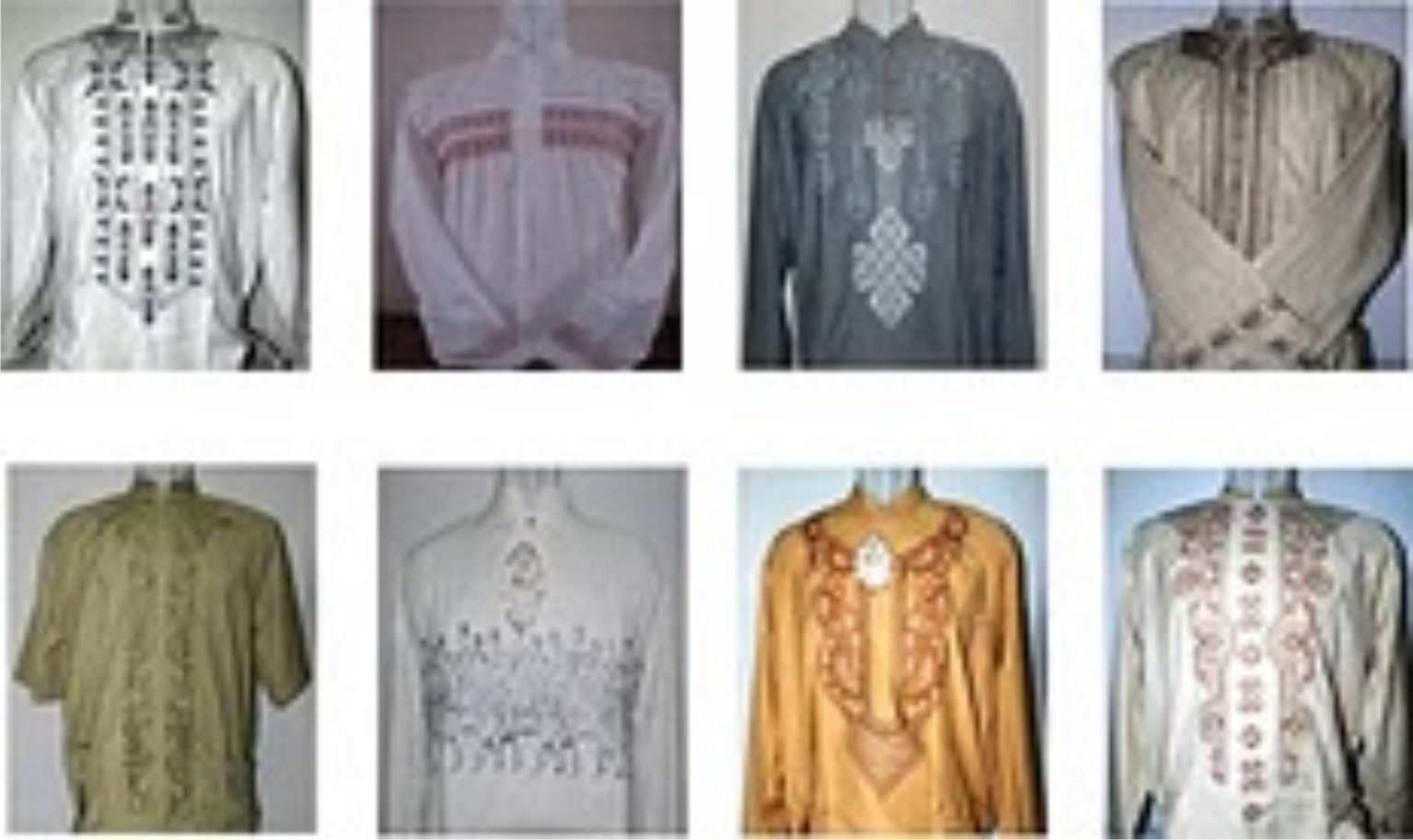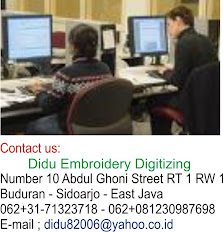Recommended needles
Canvas 75/11 light ball point
Caps 75/11 or 80/12
Corduroy 75/11 Sharp or normal round
Cotton 75/11 light ball point
Denim 75/11 light ball point
Fleece 75/11 light ball point
Leather 75/11 or 80/12 light ball point (On stiff or spongy leather)
70/10 or 80/12 (On soft supple leather)
Lycra 70/10 Medium ball point
Nylon 75/11 light ball point
Satin 75/11 light ball point
Sweater 75/11 light ball point
Sweatshirt 75/11 light ball point
T-shirt 75/11 light ball point
Towelling 75/11 or 80/12 light ball point
Waterproof fabric 80/12 sharp or light ball point Teflon
Needle Coatings
Needles can be treated with special finishes to increase their performance.
The most common is a non-stick finish designed to reduce the effects of friction when stitching with synthetic threads.As the needle passes through
synthetic materials, as does synthetic thread as it passes through the eye of the needle. This motion can snap threads and cause the material to stick to the needle. The non-stick coating helps to dissipate the heat.
There is another coating called
Titanium Nitride. It lasts at least four times as long as the standard chrome needle before the point is damaged.
Non-Stick Finish Titanium Nitride Finish
Recommended use Synthetic threads, fabrics Any application, especially good for tough, dense fabrics.
Function Dissipates heat.
Decreases thread breaks.
Prevents material from sticking to needle. Strengthens needle.
Runs cooler
Drawbacks Extra cost.
Finish may wear off before the needle wears out. Extra cost
Selecting the correct needle point
This can be critical to creating
good quality embroidery. There are two distinct point types used in the embroidery industry.
The first is ‘sharps’ also known as round or normal points. These work well on woven fabrics.
The second style is the ‘ball point’, which should be used on knitted fabrics as it will not pierce and damage the fabric.
The smallest needle possible should be used for the job. For example, for fine knit goods such as T-shirts use a thin ball point and for coarse knit goods such as sweaters use a medium ballpoint.
It is a good idea to try a variety of needles and see which works best for you.
Needle Systems
There are several different systems of embroidery needles each having varying characteristics.
The most commonly used is the
DBxK5. This has quite a large eye, around 25% larger than an ordinary, which allows an easier passage of
embroidery thread including metallic threads. The only disadvantage to this is there is less metal on the needle tip so it is weaker. It also has an enlarged groove which guides and protects the thread better, this reduces friction when the needle enters the fabric and so reduces the total amount of thread breaks.
The 287WK has a shorter point, this is useful for producing a design with long stitches or a thick backing. The needle will exit the fabric and backing sooner and move more neatly to the next stitch.
The 16x231 is more of a standard needle from which others are based.
Needle Breaks Problem Solution
Improper Timing If needle point and hook point are not timed properly, damage to both could result. Replace damaged parts and re-time machine
Needle incorrectly inserted Make sure it is fully in the needle bar shaft, it is rotated properly and the needle screw is tight.
Bent needle/damaged point Always replace a needle if it hits or even grazes a frame or other hard object
Dull Needle Dull needles will bow in an effort to push through the fabric causing fabric to pucker and eventually break They should be replaced.
Thread Breaks Problem Solution
Burrs in the needle eye, thread guides, throat plate or hook Replace needle. Use fine grade emery cloth or emery cord to buff thread guides and throat Plate. Buffing hook may alter timing, replace damaged hook.
Needle size is too small for thread. Change to a larger needle or a thinner thread.
Bent needle/damaged point Usually happens after needle hits the frame, throat plate or hook. Check the hook for burrs and timing after hitting hard object. Replace the needle.
Incorrect needle depth This occurs after hitting the frame or throat plate. The thread will start to split and one ply will continue to sew while the other peels back. The thread will eventually break, leaving previous stitching thinned out. Re-set needle depth and possibly timing. Check needle for damage.
Needle too close to hole in throat plate This causes thread to fray and eventually break. Adjust throat plate and/or needle position.
































